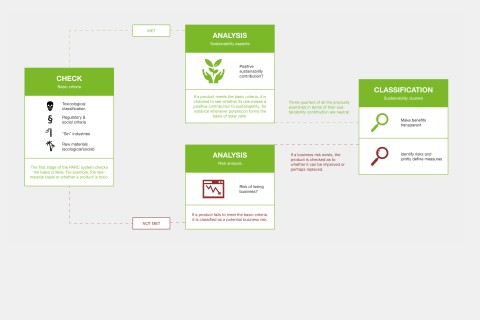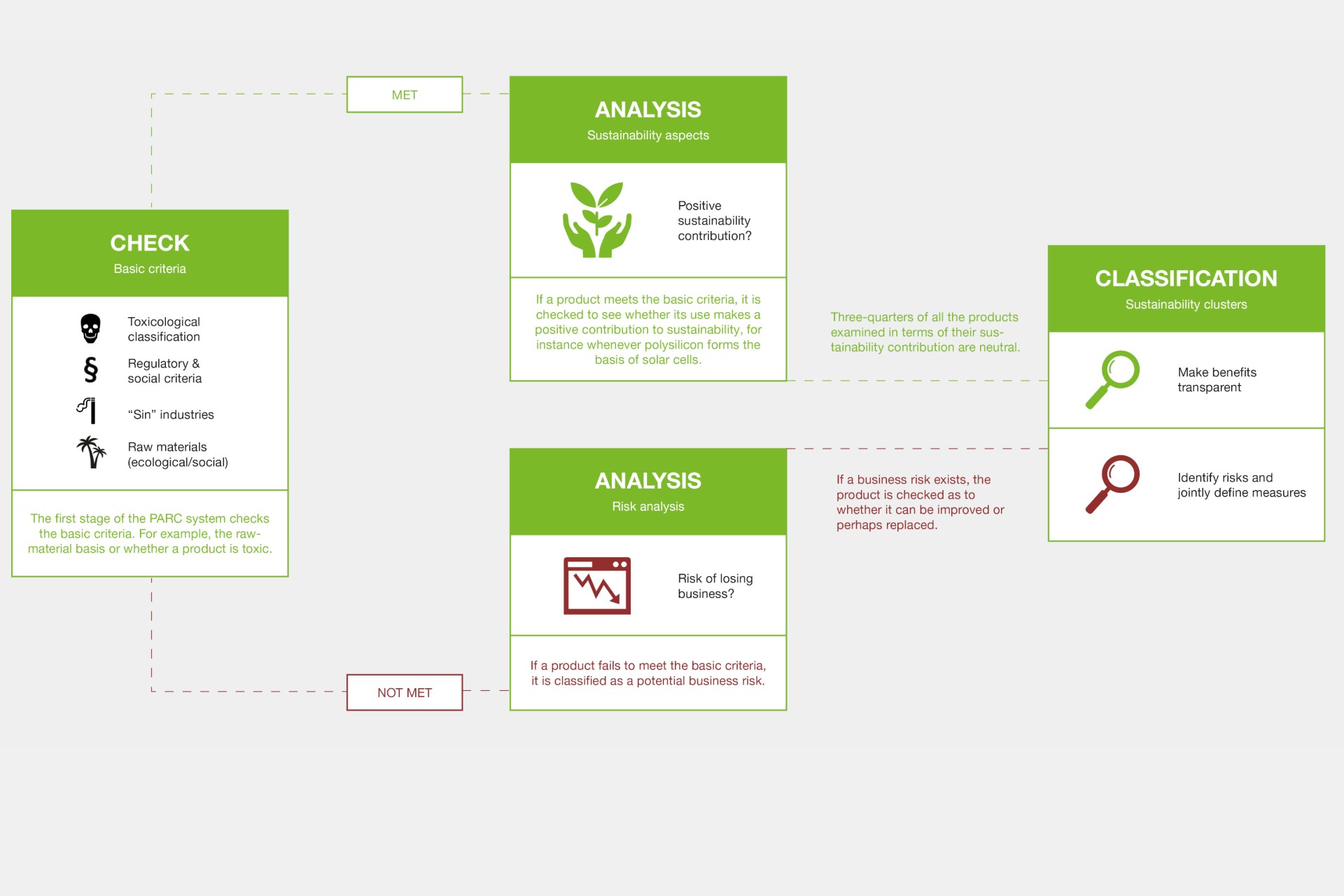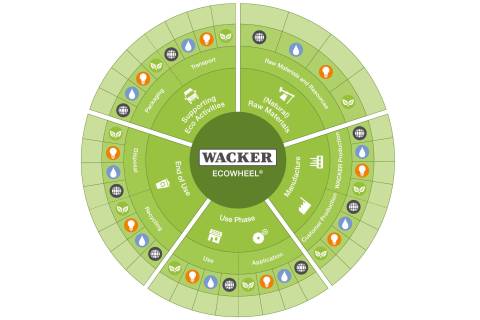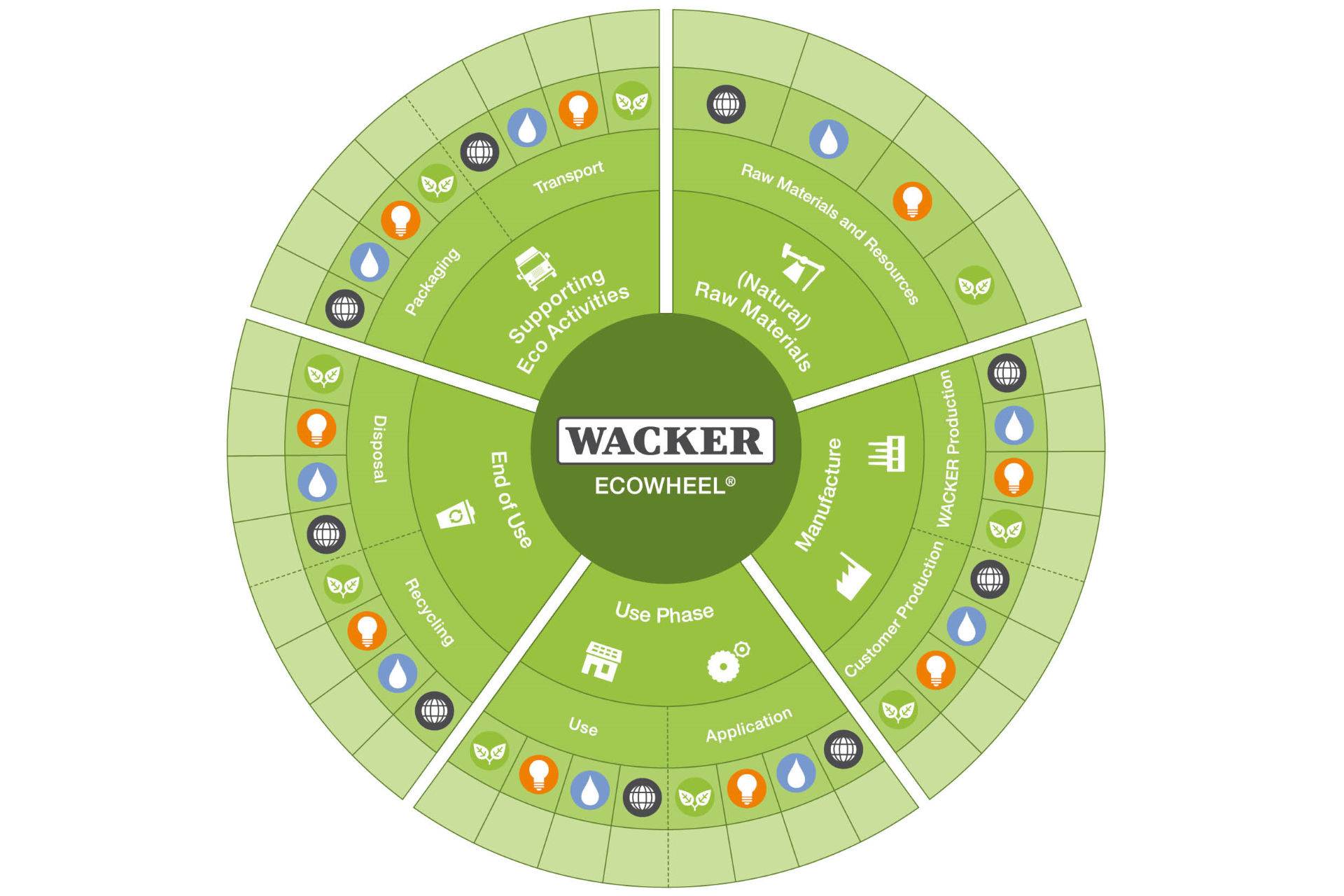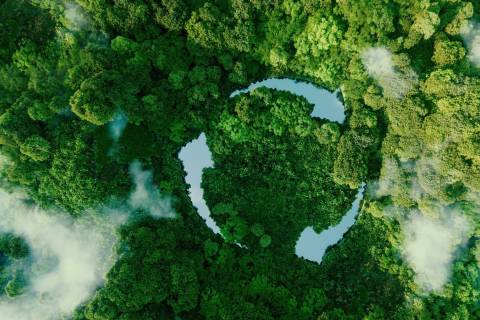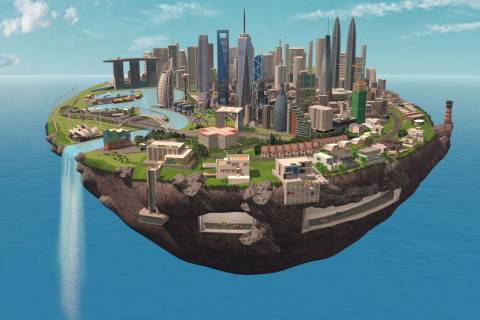“By 2030, all our products will meet defined sustainability criteria (in line with WACKER Sustainable Solutions).”
Christian Kirsten, member of Wacker Chemie AG’s Executive Board
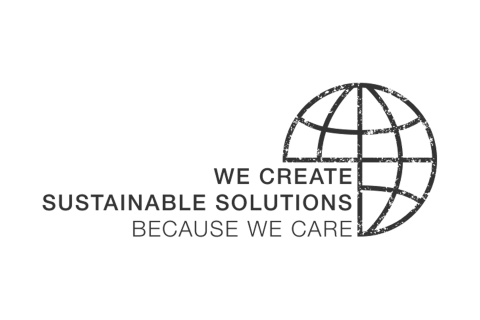
We Create Sustainable Solutions Because We Care
We are developing not only modern products for the world of tomorrow, but also pioneering solutions, so that these products make a positive contribution to sustainability throughout the entire life cycle – in line with our commitment to future generations.
WACKER Sustainable Solutions
We have a number of tools at our disposal for evaluating and rating the sustainability of our products throughout their life cycles, and each of these tools has a different focus. One of the most fundamental is WACKER Sustainable Solutions, a program we developed based on the industrial standard of the World Business Council for Sustainable Development (WBCSD).
WACKER Sustainable Solutions Helps Us Achieve Three Goals:
Goal 1:
Promote and expand our existing sustainable business fields
Goal 2:
Establish new sustainable business areas
Goal 3:
Identify and assess sustainability-related risks to our business portfolio at an early stage
The Tool Involved
Our WACKER Sustainable Solutions tool assesses portfolios by evaluating a product’s full life cycle, its specific application and regional requirements. The core element of this assessment is known as a PARC (Product/Product group in one Application in one Region in Combination), in which a product, application and region are all evaluated together. After a review of basic criteria (toxicological classification, regulatory and social criteria, controversial industries, raw materials, etc.), a multi-step questionnaire examining aspects of sustainability is created. An assessment is then based on the answers to a total of 17 questions.
The Accompanying Process
A team of WACKER employees carries out the product-assessment process. Typically, the team consists of technical service managers and employees from sales and marketing who are familiar with the precise details of the product. It also includes at least one corporate sustainability officer. Each business division has a lead manager for supporting assessments.
The Results Obtained
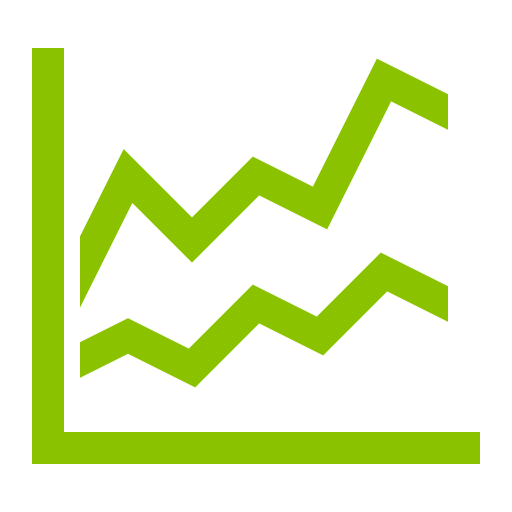
0
PARCs

0 %
Products evaluated on the basis of sales

0 %
Products meeting minimum criteria
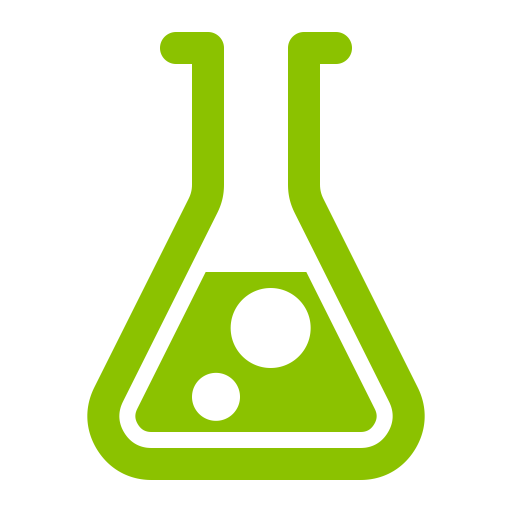
0 %
Products for which actions have been defined
We also use additional tools for analyzing various aspects of sustainability throughout the supply chain. Examples here include our WACKER EcoWheel®, life cycle assessments, and mass balance approach.
The WACKER EcoWheel®
The WACKER EcoWheel® was developed to keep us from losing sight of the product life cycle. The aim of this qualitative tool is to provide a highly transparent mechanism for working out and representing the positive and negative aspects of a product or product group. Its focus is on energy, materials, water and ecotoxicity – all major concerns for WACKER. A roughly one-hour analysis is sufficient for establishing important information on a product or branch of industry and for identifying potential hot spots.
Life Cycle Assessments
By using life cycle assessments, we take advantage of the opportunity to keep an eye on the sustainability of our products throughout their life cycle. We analyze and evaluate the impacts of products with the aim of constantly improving them.
Find out moreWACKER Sustainable Solutions
Visit our WACKER City and set off on an exciting journey of discovery. Our products can be found in solar modules, cars and building materials, not to mention a great many everyday objects and consumer goods. Take a stroll through the multifaceted world of WACKER’s sustainable solutions.
Find out moreMass Balance Approach
We have used the mass balance approach to begin the transformation toward a climate-neutral circular economy. This process allows us to save fossil resources while preserving the quality of our products.
Find out more
Contact
We would be happy to help you if you have any questions about sustainability at WACKER.
Send a message






